
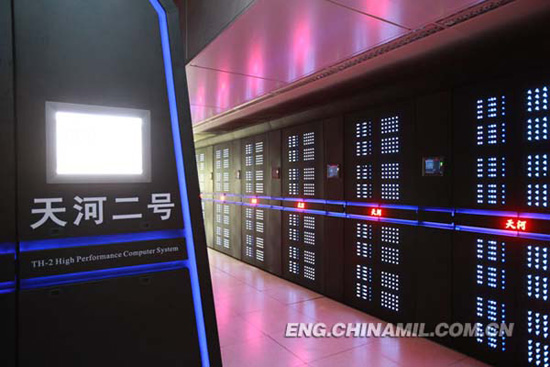 |
| The photo taken on June 16, 2013 shows the supercomputer Tianhe-2 developed by China's National University of Defense Technology. (tv.81.cn/He Shuyuan) |
CHANGSHA, June 18 (ChinaMil) -- The international TOP 500 Organization formally released the new edition of the TOP 500 list of the world's most powerful supercomputers during the opening session of the 2013 International Supercomputing Conference in Leipzig of Germany on the afternoon of June 17, Beijing time. The Tianhe-2,a supercomputer developed independently by the National University of Defense Technology (NUDT) of the Chinese People's Liberation Army (PLA), took the first place in the list with its peak computing speed of 54.9 petaflops per second and sustained computing speed of 33.9 petaflops per second.
The Tianhe-2 supercomputer mainly possesses five major features:
First, the Tianhe-2 has a high performance. It sets the new world records in both peak computing speed and sustained computing speed.
Second, the system boasts low energy-consumption featured with the energy-efficiency ratio of 1900 Mflops/W, reaching the world's advanced level.
Third, the Tianhe-2 has wide applications majoring in scientific engineering calculations, and at the same time, it can also be used in big data processing.
Fourth, the system is easy to use. The innovation of the integrated heterogeneous architectures ensures the improvement of the software's compatibility and programmability.
And fifth, its cost-performance ratio is high, said Liao Xiangke, dean of School of Computing of the NUDT and chief commander and chief designer of the Tianhe-2 project, during an interview with PLA Daily.
He told PLA Daily that when Tianhe-1A, Tianhe-2's predecessor, ranked the first in the list of the world's fastest supercomputers in November 2010, they made the judgment of "three remains" in the world's supercomputing development, namely, the Western World's superior position in the information technology field remained, the dominant position of the United States in the supercomputing field remained, and the situation of the world powers' competing for the leading position in the development of supercomputers remained.
Now, the overall situation is not substantially changed. There are gaps between China and the developed countries, especially the US, in aspects including core electronic devices, high-end general-purpose chips, basic software and software for large industrial applications, Liao said.
Therefore, China still has a long way to go in the application of supercomputers, he stressed.
The Tianhe-2 will be deployed in the National Supercomputer Center in Guangzhou as its host computer in the second half of 2013.


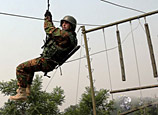
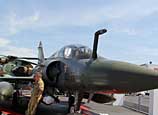

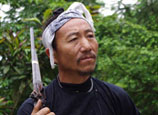



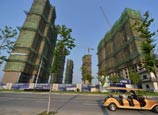







 Controversial audition for 'rich blind date' -- being pretty is just not enough
Controversial audition for 'rich blind date' -- being pretty is just not enough


![]()
